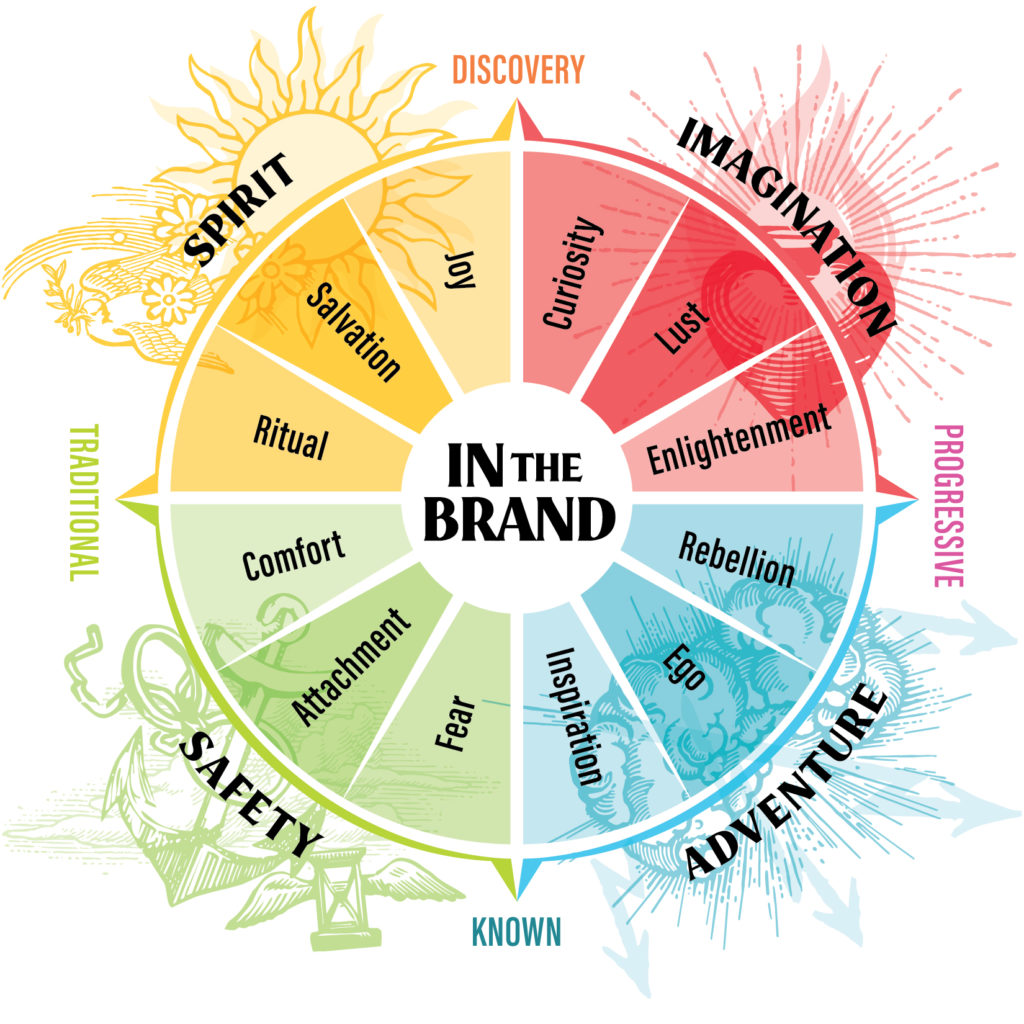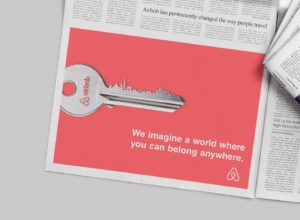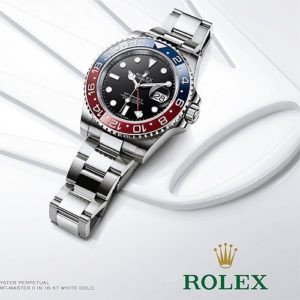
Last month’s essay introduced the Brand Feel Wheel. It’s an easy way to understand how brands turn offerings into feelings to create lasting impressions and inspire action. After decades of branding for hundreds of clients, we’ve created a graphic representation of how brands use emotions to make their way in— influencing your decisions by appealing to your basic human instincts.
>Take a Spin
Brands align with deeply held feelings and shared cultural perceptions to make an immediate impression. When there’s an associated emotion with your brand experience, it aids in forming habitual, repeated actions. This is how long-term brand loyalty is forged.
The Feel Wheel is divided into four quadrants, each describing a different feeling that brands draw us into. The brand feel is what makes your experience more than simply transactional. It’s what makes you feel like you’re in the brand.

>Turn Like A Wheel
The Brand Wheel is a graphic illustration of the kinds of feelings that brands tap into, and what that means for who they are and the experience they promise.
The Brand Feel-Wheel has 3 components:
Perception Axis, Feeling Quadrants, and Motivators

At the core level, perception is determined by two factors: the brand position and the brand experience. The axes of the Feel Wheel represent these critical initial judgements. A brand’s position is the foundation that guides its communication style. It’s the core of the brand personality and usually the first thing you understand about the brand at a glance. A brand’s experience is a reflection of how customers engage with the brand’s offerings and services.
The Horizontal Dimension = Brand Position
Consumers make a basic assessment of a brand’s position between traditional and progressive. Is the brand rooted in the past or are they disrupting the status quo?
• Traditional: Passed from one generation to another.
• Progressive: Favoring or promoting change or innovation.
The Vertical Dimension = Brand Experience
The brand experience ranges from known to discovery. Is your experience familiar and expected, or new and/or constantly changing?
• Discovery: Find unexpectedly or through search.
• Known: Familiar, trusted, established.

Where a brand falls on the Perception Axes places them into a specific Feeling Quadrant. Through effective written and visual communication, brands bring us into a particular atmosphere. They prime us to feel a certain way when we encounter them. There are four Feeling Quadrants: Spirit Quadrant, Imagination Quadrant, Adventure Quadrant and Safety Quadrant.

Traditional-Discovery brands inspire a sense of spirit– they create an atmosphere of belonging, happiness, and possibility. These brands are often artisans, grounded in traditional craft but also helping their followers discover ideas that expand their lives.

Jack Daniel’s is the top selling American whiskey in the world.
Brand Position: Traditional
Brand Experience: Discovery
Brand Feel: Spirit
It’s an established, classic position coupled with a new, out of the ordinary experience. The tagline “make it count” taps into a sense of possibility and transcendence. This is a drink that will revive your soul and change your life.

Progressive-Discovery brands inspire a sense of imagination– they create an atmosphere of dreams, desire, and change. These brands are often innovators, taking a progressive position to forge new industries and create new markets altogether.
Imagination Brand: Impossible Foods
Impossible Foods is forging a sustainable future through plant based meat alternatives.
Brand Position: Progressive
Brand Experience: Discovery
Brand Feel: Imagination

Impossible is on a mission to rethink the meat industry as we know it. Committed to being just as good as real meat, they want to change the way we eat to save the planet. From their name– Impossible Foods– to their tagline “meat made from plants,” you know right away this is something you’ve never seen before.
The whole Impossible experience is about discovering a better way. Impossible is currently asking carnivores to grill up an Impossible Burger and promising their money back if they don’t love it. It’s an experience designed to open eyes and change minds, inviting us to imagine a better tomorrow and our role in creating it.

Progressive-Known brands inspire a sense of adventure– they create an atmosphere of exploration, confidence, and excitement. These brands are often the disruptors, who take an progressive position to rethink known markets and challenge the status quo.
Adventure Brand: Airbnb
Airbnb has revolutionized how we think about hospitality and travel.
Brand Position: Progressive
Brand Experience: Known
Brand Feel: Adventure

Even though where you stay might be different every time, the basic experience is familiar: checkin-in, check-out. Airbnb has changed the game for hotels, but we still expect a similar level of service. Airbnb vets its hosts and allows honest reviews on its site to make sure everyone knows what to expect. Because it lets you be a local wherever you go, Airbnb gives us a sense of easy adventure. Through stays and experiences, it opens up the world.

Traditional-Known brands inspire a sense of safety– they create an atmosphere of warmth, familiarity, and trust. These brands are often luxury brands, who take a timeless, traditional position and focus on proven performance.
Safety Brand: Rolex
Rolex is a watchmaker synonymous with luxury and craftsmanship.
Brand Position: Traditional
Brand Experience: Known
Brand Feel: Safety

The concept of “savoir faire” – know how– expresses the Rolex experience. They work with the best watchmakers to create the best timepieces. It’s a no surprises experience. The brand inspires a sense of safety, trusted because of their history, mastery, and constant quality.

Each quadrant has three emotional motivators that brands use to fuel engagement and inspire loyalty. Brands use the motivators to communicate and add depth to the overall brand feeling.
These are the tactical components of the Brand Feel-Wheel. They are the foundational tools that marketers use to influence your actions because they are highly effective and universally understood.
Motivators are leveraged in specific campaigns, offerings or services. They drive audiences to take action because they stimulate passionate responses. These are the fundamental ways that products and services are elevated by associating them with achieving a desired feeling, forging a powerful and memorable connection. We’ll explore them all later in this series.
>An Elegant Coercion
Feeling makes brands human. It’s what makes us feel a part of something and what keeps us coming back for more. Brand feel is a combination of brand position and brand experience. It’s the underlying spirit that drives all communications. Major brands exist in all four quadrants of the Feel-Wheel. The key to their success is their ability to draw you into their atmosphere, provoke a reaction, and make you believe.
But successful brands are operating on more than just communicating a feeling.
They want you to be part of their tribe, but they also push you to engage, buy, and spread the word. Brands use specific motivators to inspire action. You’re buying more than a product, you’re buying an emotion.
Next month, we’ll explore Twelve Motivators. It’s a powerful set of tools that brands use to engineer particular responses. See how brands are influencing you in the next installment of In the Brand.